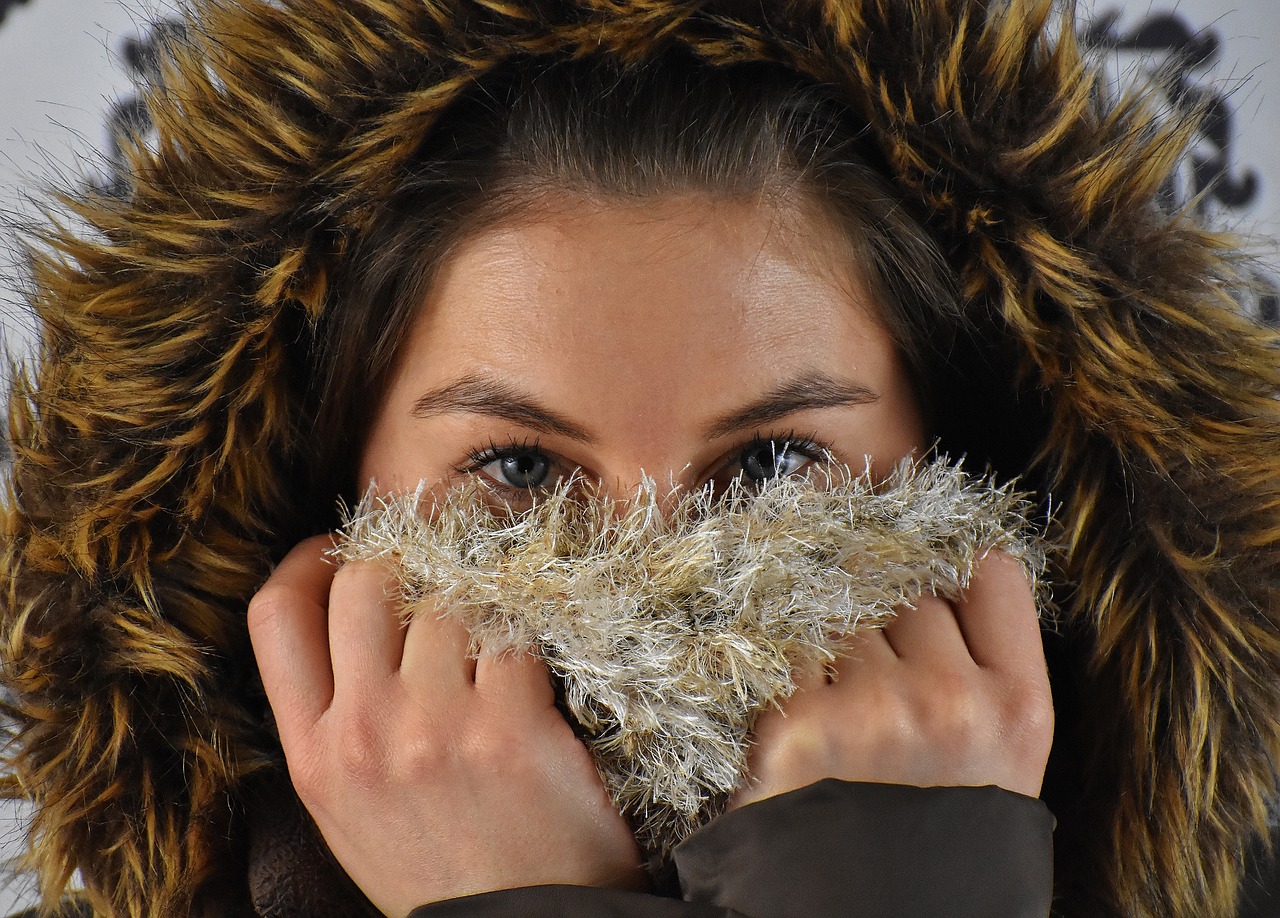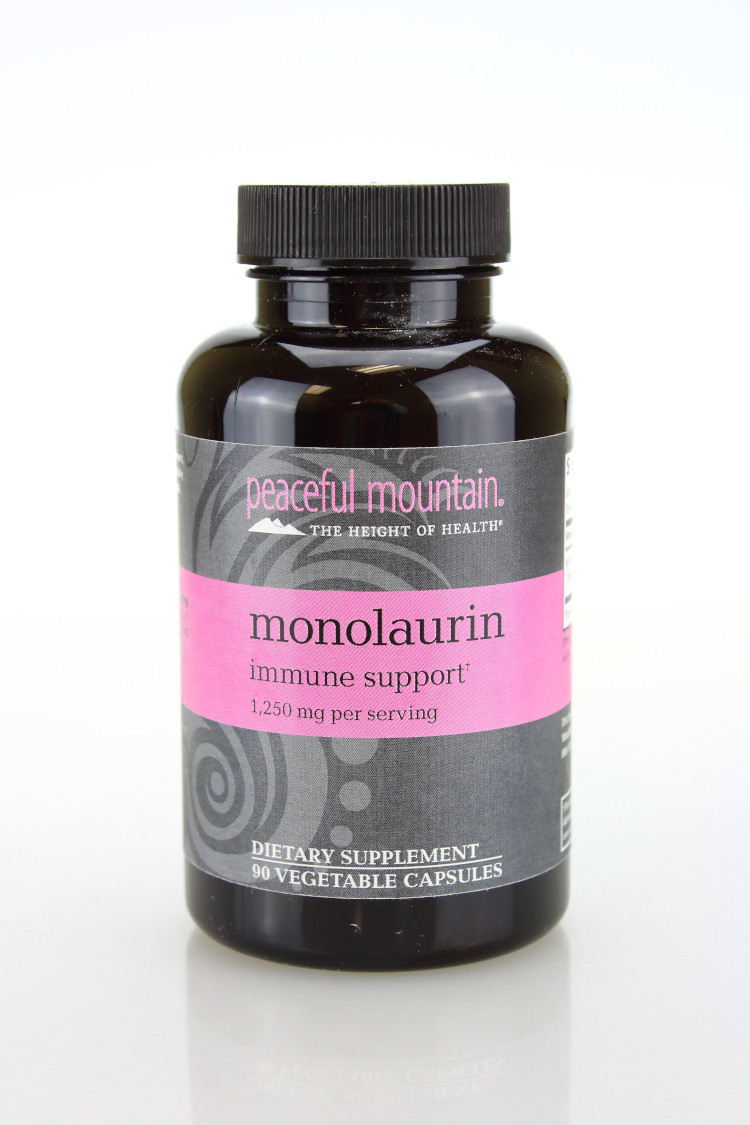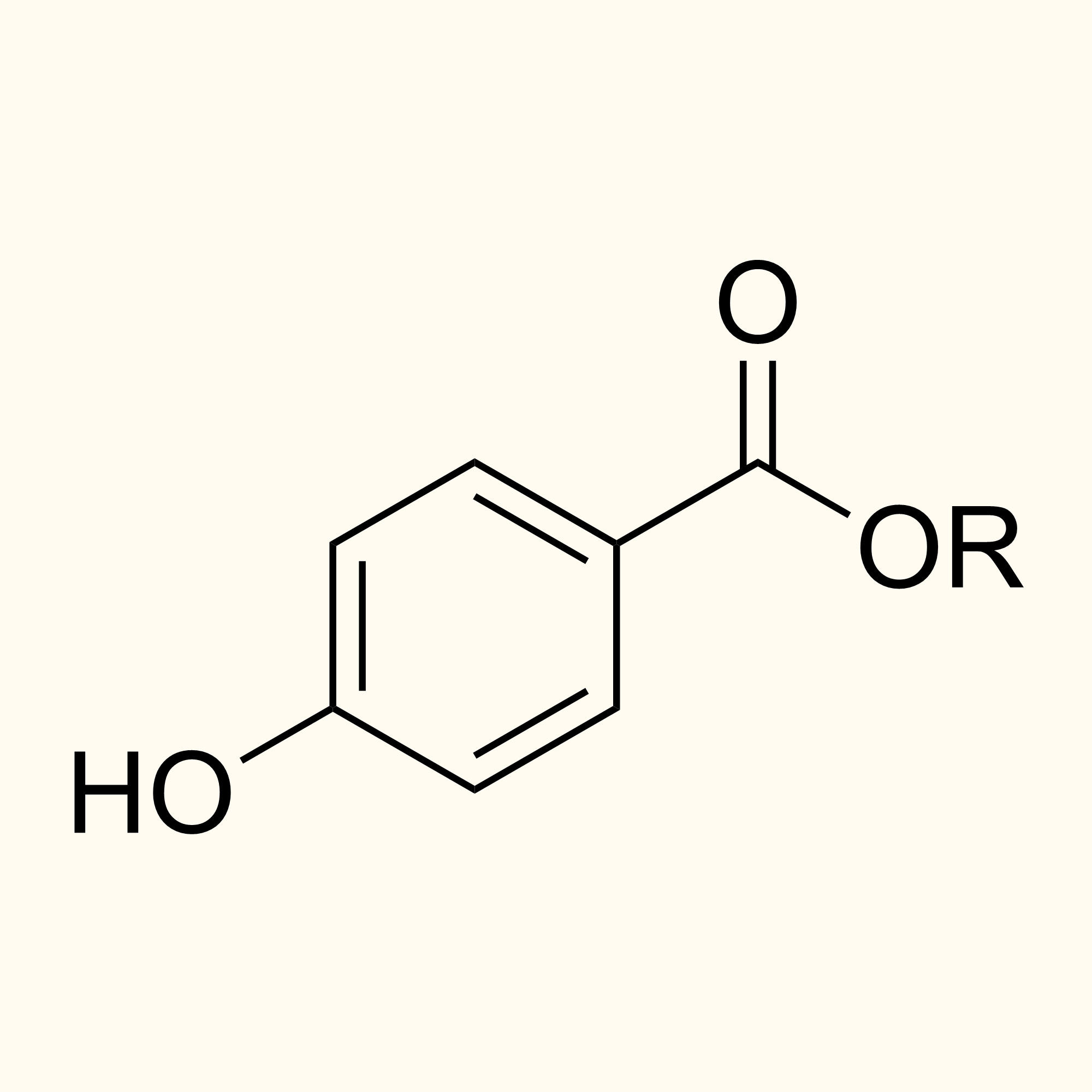by Jana Taylor

Snowflakes, boots, hot cocoa, and … zits? Yep. Sounds like winter acne. Acne is not just a summer thing for some people. According to Dr. Laurell Matthews, there are several variables to blame: “It is essential to stay well hydrated in the wintertime. Winter dry air can dry out the skin. Then the skin overcompensates with excess sebum production, clogging the pores and exacerbating acne. Wintertime comfort foods are another culprit to watch for. High carbohydrate and sugary foods lead to increased insulin production, which in turn contributes to higher testosterone production. Elevated testosterone leads to overproduction of sebum and blocked pores.”
Why acne can actually be worse in the winter:
- The cold outside air has less moisture than other times of the year. Therefore, your skin is drier and is stripped of its natural surface lipids. Lipids are what hold in the moisture, but also keep dirt and toxins out. With this lipid barrier gone, bacteria have a much easier time getting in, causing acne.
- Your furnace, like the cold weather, creates dry air. Artificial heating means less moisture in the home, and that causes dryness and a reduction in surface lipids on the skin, which in turn lead to breakouts.
- In the winter you may enjoy a nice hot shower to warm up, but hot water can also strip your skin of its natural oils, leading to inflammation and itching. This aggravates acne. Try reducing the temperature to avoid this.
- When your skin becomes dry you may decide to add a rich moisturizer, but if you choose the wrong one it can actually cause a buildup of dried, dead skin that will actually clog your pores.
- Layers of winter apparel also can lead to acne by not allowing air to circulate near your skin, trapping surface oils. If you are prone to forehead acne and you wear a hat, this could be something to remember.
- The stress of the holidays can actually trigger breakouts. Stress is long known to be a culprit in breakouts, so make sure you are doing what you can to try to minimize stress by getting enough sleep and being mindful.
- Eating too many carbs, while tasty, can lead to too much insulin production, which can ultimately trigger an acne outbreak.
There are lots of things you can do to prevent or reduce winter acne:
- Choose non-drying acne treatments like Acne Rescue. Acne Rescue can be used for both acne and rosacea (which can also be exacerbated in the wintertime). Acne Rescue has homeopathic components and skin-soothing herbs that address pimples, redness, itching, and inflammation in a safe, more natural formula**. Stay away from any acne treatments that contain benzoyl peroxide or salicylic acid in the wintertime, as these will dry out your skin further and lead to more breakouts.
- Use gentle cleansers in your routine that won’t deplete your skin of its natural moisture, and limit your cleaning routine to no more than twice a day, in the morning and at night. Don’t use any cleansers or toners that are alcohol-based, and stay away from exfoliating scrubs, which may irritate skin.
- Use moisturizer no matter what your skin type, but be choosy – especially if you have oily skin. Dry weather can do a number on your skin, but hydration is key. Look for oil-free hyaluronic acid-based products. Also, look for moisturizers that are rich in essential fatty acids (EFA). It may be also beneficial to look for products containing niacinamide, which is a form of vitamin B3. This helps reduce oil production.
- Don’t forget the sunscreen. This may seem odd in the winter when the sun seems so far away, but snow can reflect the sun’s rays back at your face with surprising efficiency, more than even sand or water can in the summer. Make sure you look for a sunscreen that says it won’t clog pores.
- Drink plenty of fluids! This is good advice any time of year, but it is especially important in winter when your skin struggles with retaining moisture. You may even enjoy sipping on detox water, which tastes good and is easy to make at home. Find some excellent recipes here, here and here.
- Drinking green tea has its benefits for your skin by inhibiting sebum production, and it has antibacterial properties that will help destroy acne-causing bacteria. Drinking a warm cup of tea in the winter can also be quite relaxing. You can even use green tea topically on your face by washing your face with a cup of cold green tea, and you can place the green tea bags directly over acne-prone areas.
- Change your pillowcases often in the winter. Sebum oil from your hair and skin gets embedded in your pillowcases, which can lead to more breakouts if you don’t change them at least once a week or more. Also, try to avoid touching your face during the day – you don’t want to accidentally transfer any bacteria that way.
- Change up your diet. Try to avoid dairy products, which may increase insulin levels, but include lots of antioxidant-rich foods. Try reducing carbs. Studies have shown that a low-glycemic-load diet can lead to less acne. If you have oily skin, add almonds and grapefruit to your diet. If you have dry skin, drink more, and include spinach and avocados.
- Run a humidifier in your home and/or office: moist air = happy skin. This is also beneficial for cold and flu season as well. Sinuses love a moist environment.
- Try tea tree oil. It has natural inflammation-fighting properties. Make sure you use only 100 percent pure tea tree oil. Apply a few drops of the oil using a cotton pad or tissue onto the affected areas.
- Honey has antibiotic properties that can also improve acne. Mix a half cup with one cup of oatmeal and make a mask. Leave it on for 30 minutes.
***
 Jana Taylor is a staff writer for Peaceful Mountain.
Jana Taylor is a staff writer for Peaceful Mountain.
**Claims based on traditional homeopathic practice, not accepted medical evidence. Not FDA evaluated.

 Short Guide to Monolaurin
Short Guide to Monolaurin